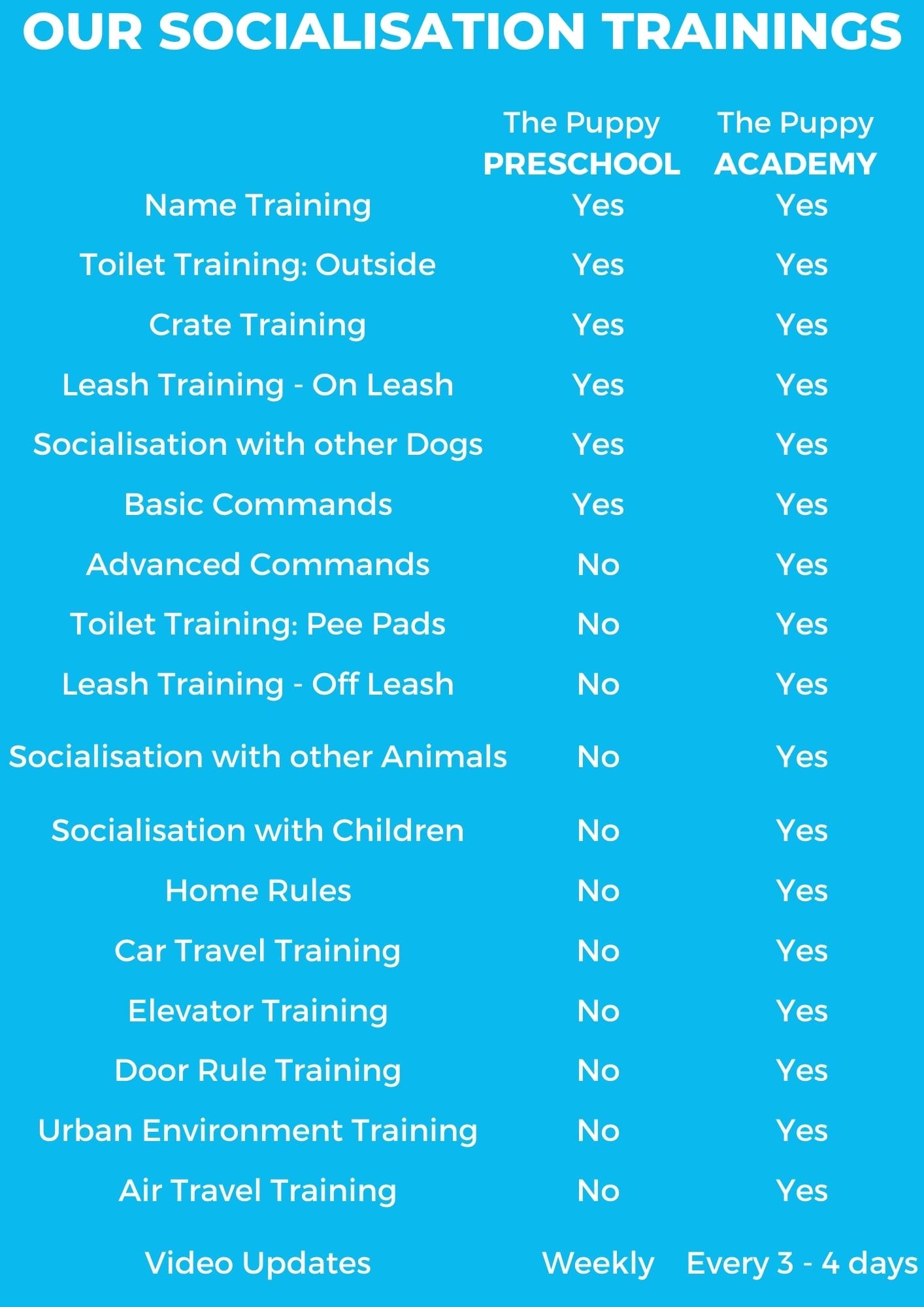Everything You Need to Know About Microchipping Your NewDoggy

Microchipping is one of the most effective ways to ensure your dog can always be identified and returned home safely if they ever get lost. At NewDoggy, we provide every dog with a free standard ISO microchip, giving you peace of mind and extra security for your furry companion. But what exactly is a microchip, and why is it essential? Let’s explore everything you need to know about microchipping, how it works, and what steps you should take to ensure your dog’s safety.
What Is a Microchip and Why Is It Important?
A Permanent ID for Your Dog’s Safety
Microchip is a tiny electronic device, about the size of a grain of rice, that contains a unique identification number. This number is registered in a pet recovery database and linked to your contact details. Unlike collars and ID tags, which can fall off or be removed, a microchip provides a permanent and tamper-proof way to identify your dog.
Microchips are incredibly beneficial for pet owners because:
- They increase the chances of recovering lost pets. Shelters and veterinarians scan found dogs for microchips, allowing them to contact the owner quickly.
- They are required for pet travel in many countries, as they serve as an official form of identification.
- They prove ownership, which can be crucial in case of disputes or theft.
- They last a lifetime, unlike collars and tags that may wear out or break over time.
However, it’s important to note that the microchip itself only contains a 15-digit identification code and does not show any personal information. The microchip becomes useful only when it is registered with the correct details, such as your puppy’s date of birth, gender, name, and the owner’s contact information (name, phone number, and address). While microchips do not have GPS tracking capabilities, they are an essential safeguard to help reunite lost dogs with their families.

Where Is the Microchip Implanted?
Quick, Painless, and Secure Placement
The microchip is implanted just under the loose skin between your dog’s shoulder blades. The procedure is quick, simple, and painless, similar to a routine vaccination. A veterinarian or trained professional uses a sterile syringe to insert the microchip, and once in place, it remains there permanently.
The implantation process is safe for all breeds and ages, and most dogs experience little to no discomfort. After implantation, a vet can scan the chip to ensure it is correctly positioned and functioning.
What Kind of Microchip Does NewDoggy Provide?
Internationally Recognized for Global Compatibility
At NewDoggy, we use a standard ISO microchip that operates on a 134.2 kHz frequency. This is the internationally recognized microchip standard, ensuring compatibility with universal scanners used by veterinarians and animal shelters worldwide.
It’s important to note that not all microchips are the same. In some countries like the United States, there are also non-ISO microchips that operate on 125 kHz or 128 kHz frequencies. These chips may not always be readable by standard scanners in other countries. To ensure the highest level of security and identification, we recommend using a universal scanner that can detect all three frequencies (134.2 kHz, 125 kHz, and 128 kHz).
What to Do After Microchipping: Registration & Updating Information
Ensuring Your Dog’s Microchip Works When It Matters Most
Microchip alone is not enough—you must register it with your contact information to make it useful. Without registration, the chip only contains an ID number with no way to link it back to you.
Steps to Register Your Dog’s Microchip:
- Visit Your Local Veterinarian or Microchip Registry Website
- Your veterinarian can guide you on where to register the microchip or handle the registration for you.
- Some online registries allow you to input the microchip number and link it to your contact details.
- Provide Accurate and Up-to-Date Contact Information
- Ensure that your name, phone number, email, and address are all correct.
- Add an emergency contact in case you are unreachable.
- Keep Your Information Updated
- If you move or change phone numbers, update your details immediately in the microchip registry. This ensures you can always be contacted if your dog is found.
- Confirm That the Microchip Is Functioning
- Ask your veterinarian to scan the chip during regular checkups to make sure it is still readable.
How Microchips Help Reunite Lost Dogs with Owners
The Simple Process That Brings Pets Home
The primary purpose of a microchip is to help lost pets find their way home. Here’s how it works:
- If your dog ever gets lost and is brought to a veterinary clinic, animal shelter, or rescue center, staff will scan for a microchip.
- If a microchip is detected, the scanner will display a unique ID number.
- The ID number is entered into a pet recovery database, allowing staff to retrieve your contact details.
- You will be contacted and reunited with your beloved pet.
Studies have shown that microchipped dogs are more than twice as likely to be returned to their owners compared to those without microchips.
Common Microchip Myths & Misconceptions
The Truth About Microchipping
Despite their proven effectiveness, some misconceptions about microchips persist. Let’s debunk a few:
❌ Myth: Microchips Work Like GPS Trackers
✅ Fact: Microchips do not provide real-time location tracking. They only store an ID number that can be read with a scanner.
❌ Myth: Microchipping Is Painful for Dogs
✅ Fact: The procedure is quick and similar to a vaccination. Most dogs do not react at all.
❌ Myth: Microchips Can Fall Out
✅ Fact: Once implanted, microchips remain securely in place under the skin for life.
❌ Myth: Only Vets Can Read Microchips
✅ Fact: Animal shelters, rescues, and even some pet stores have microchip scanners.
Why Microchipping Your NewDoggy Is a Must
Protecting Your Furry Friend for Life
At NewDoggy, we are committed to ensuring the safety and well-being of your new pet. That’s why every dog comes with a free ISO-standard microchip, providing a reliable form of identification for life.
Microchipping is a simple yet powerful way to protect your furry friend. By registering your dog’s microchip and keeping your information updated, you significantly increase the chances of being reunited if they ever get lost. Remember:


















